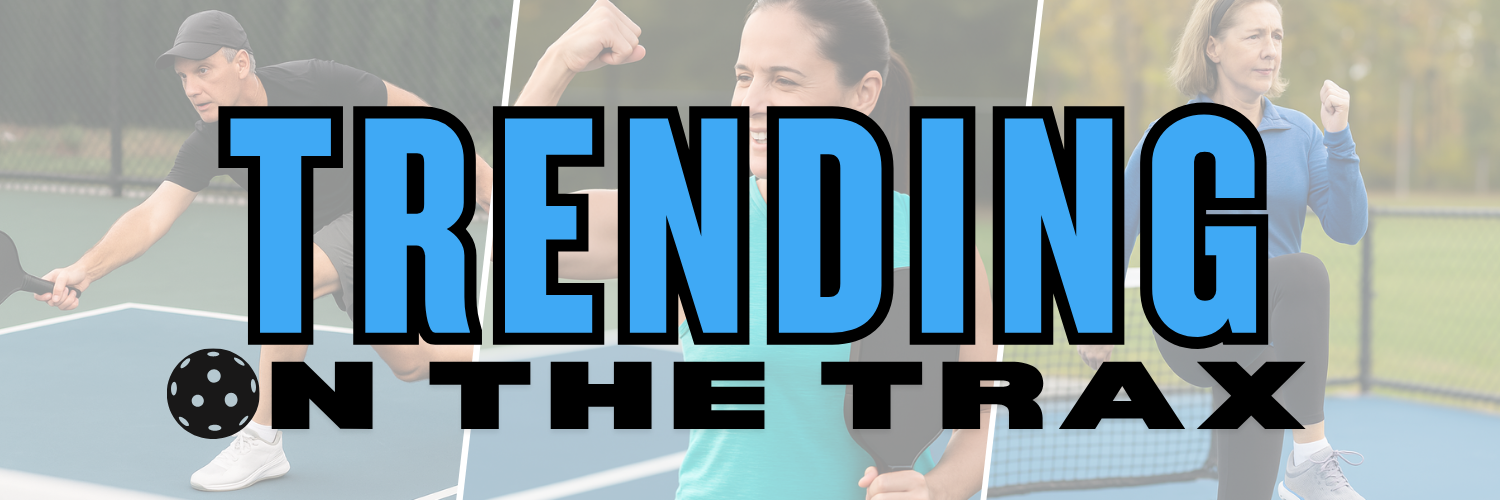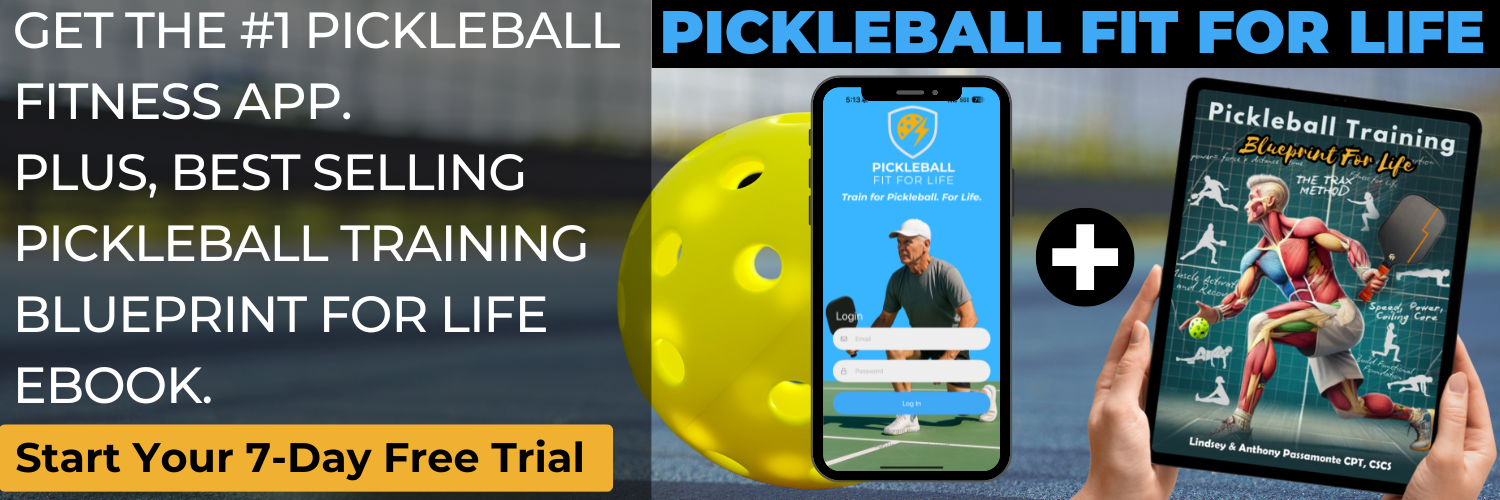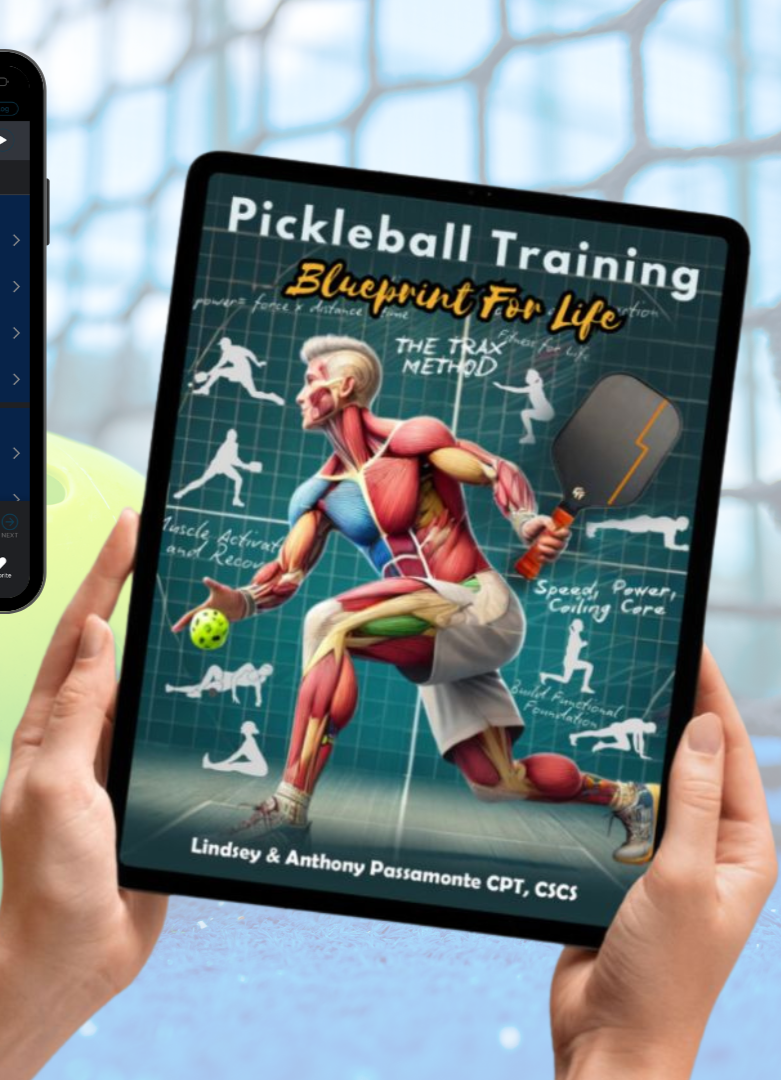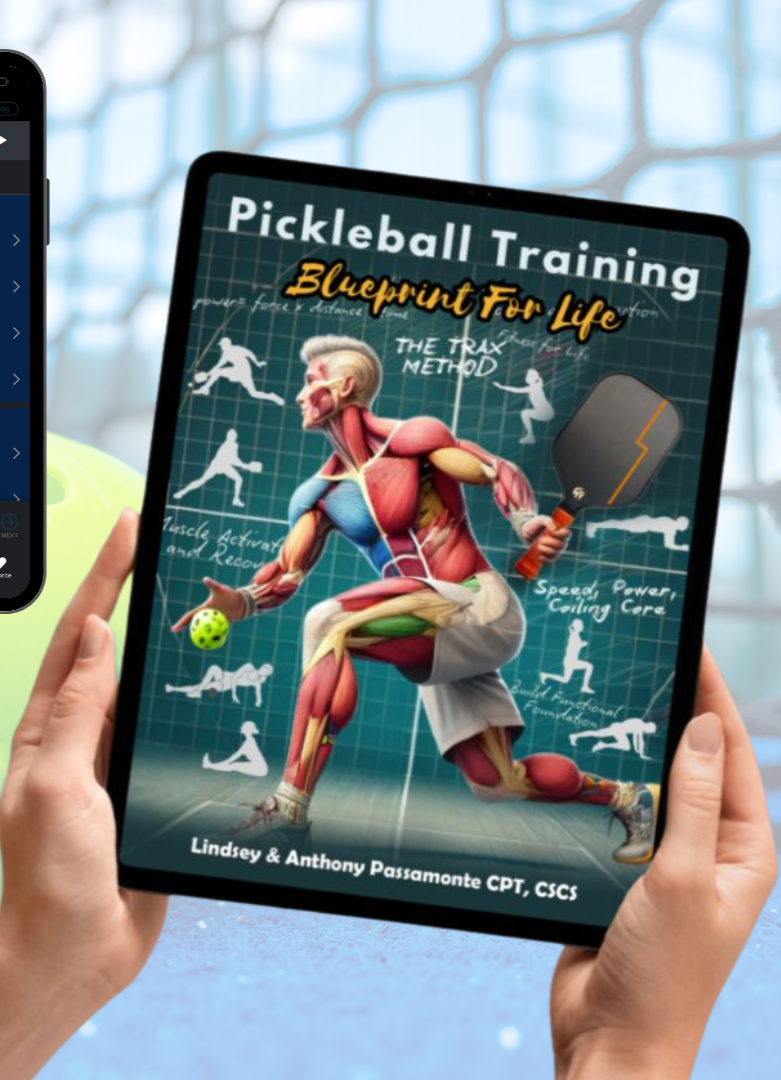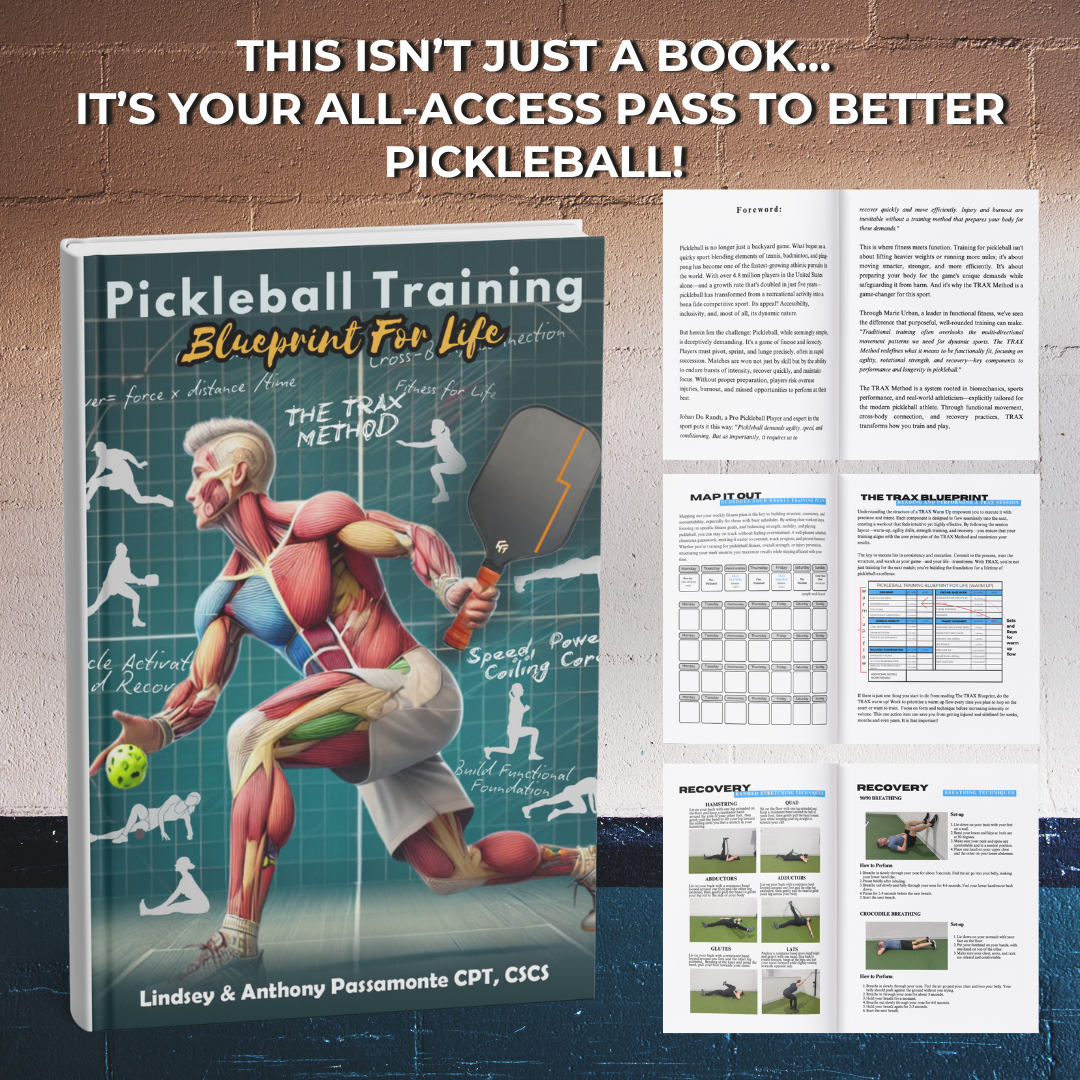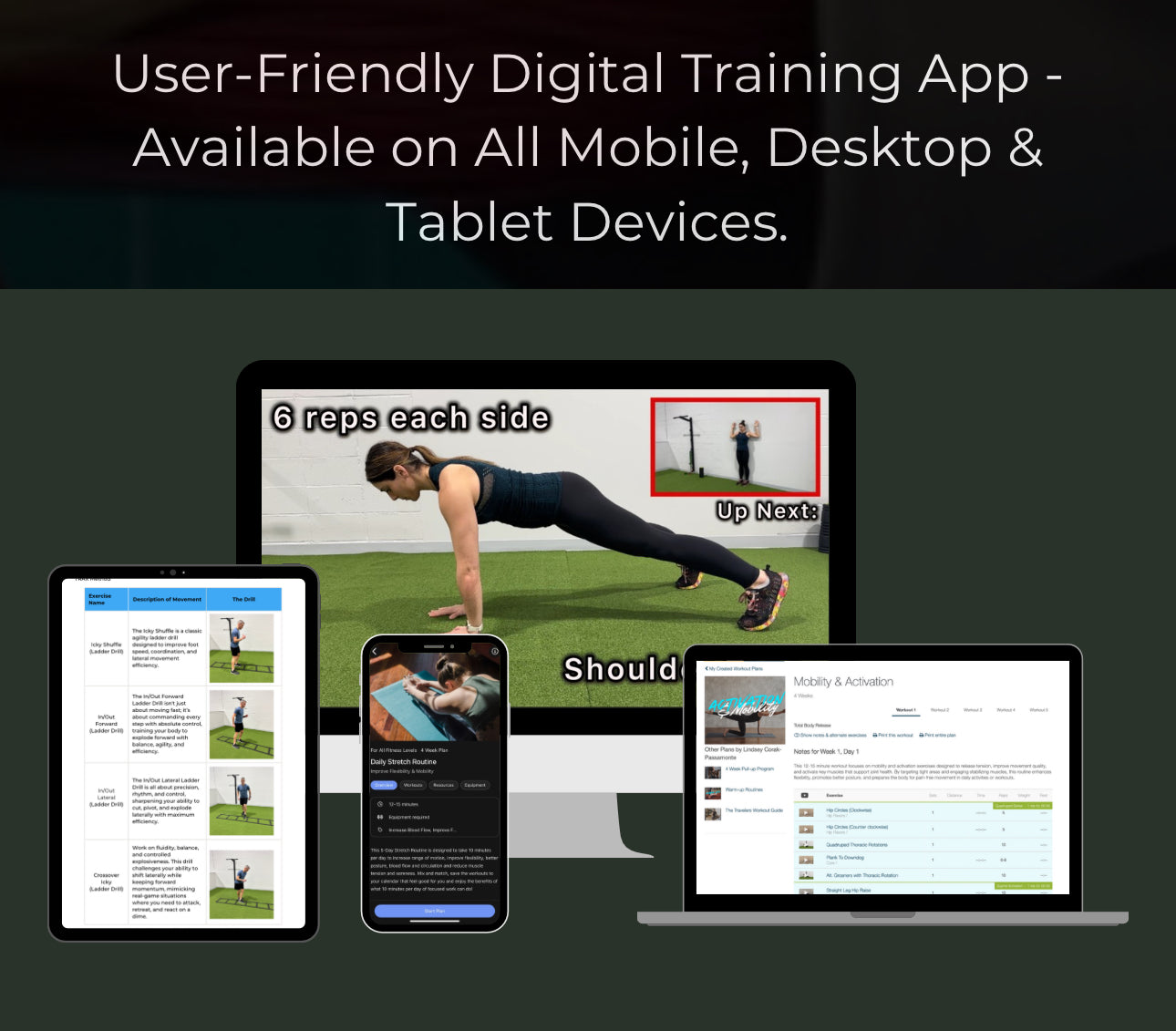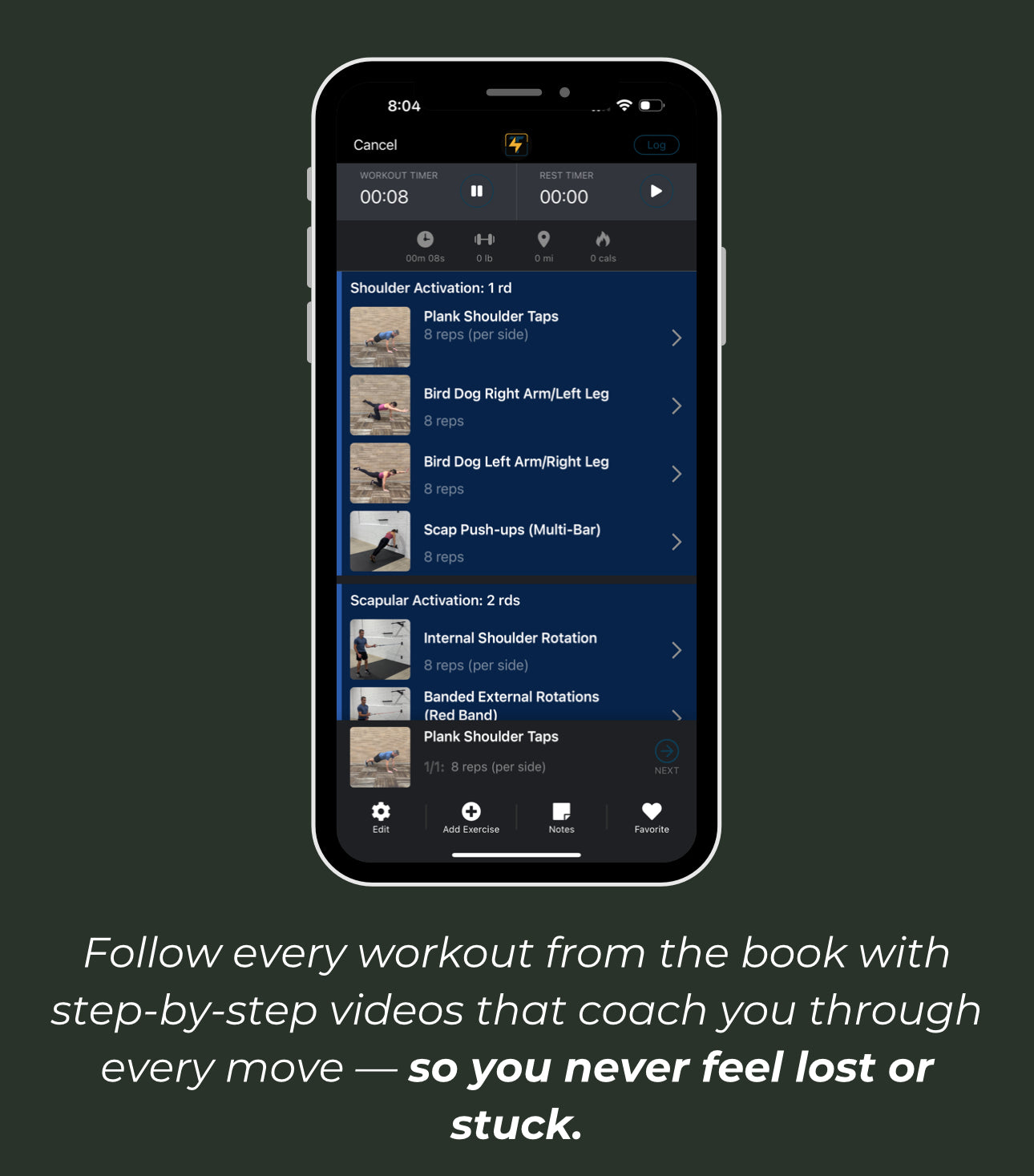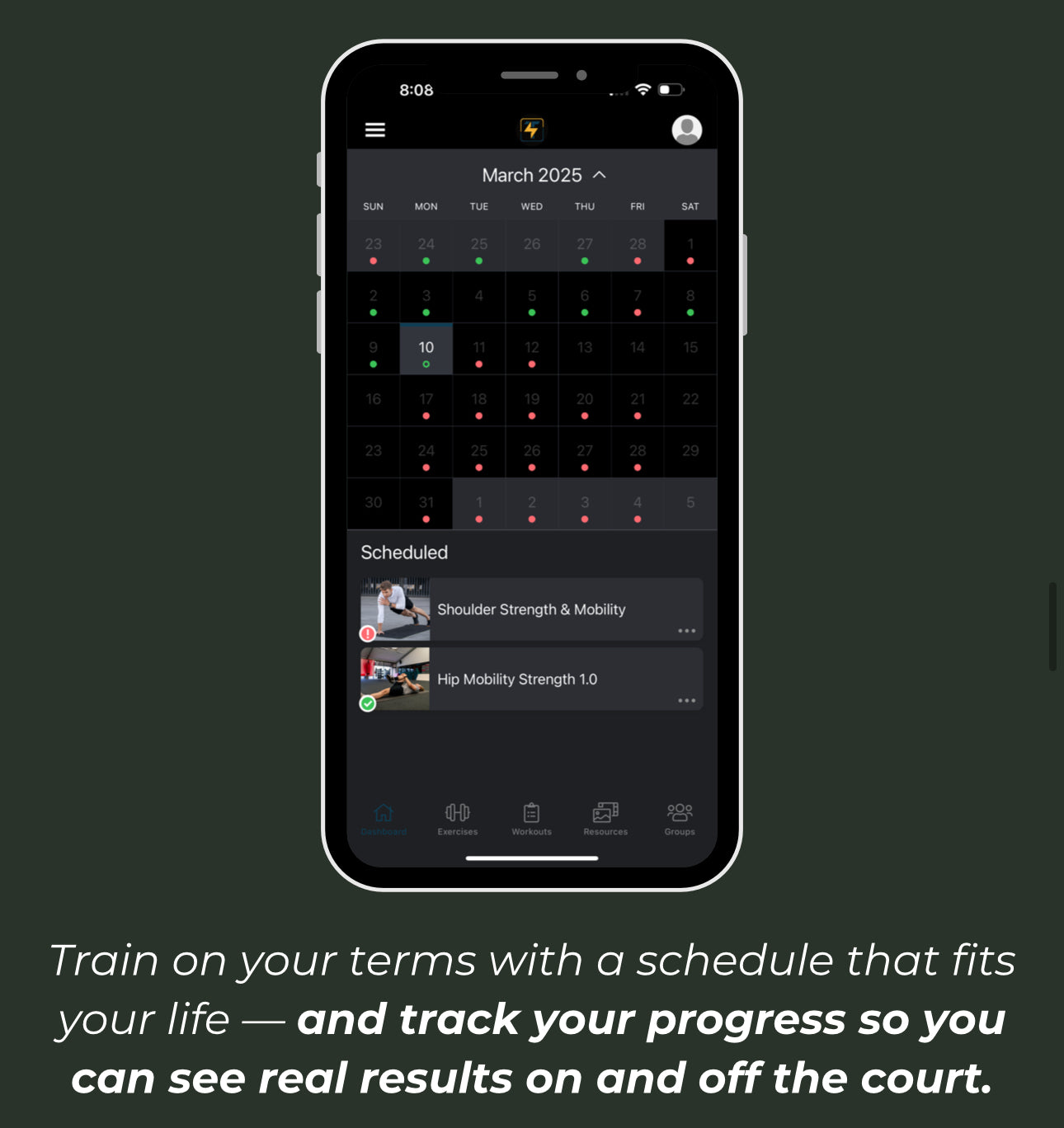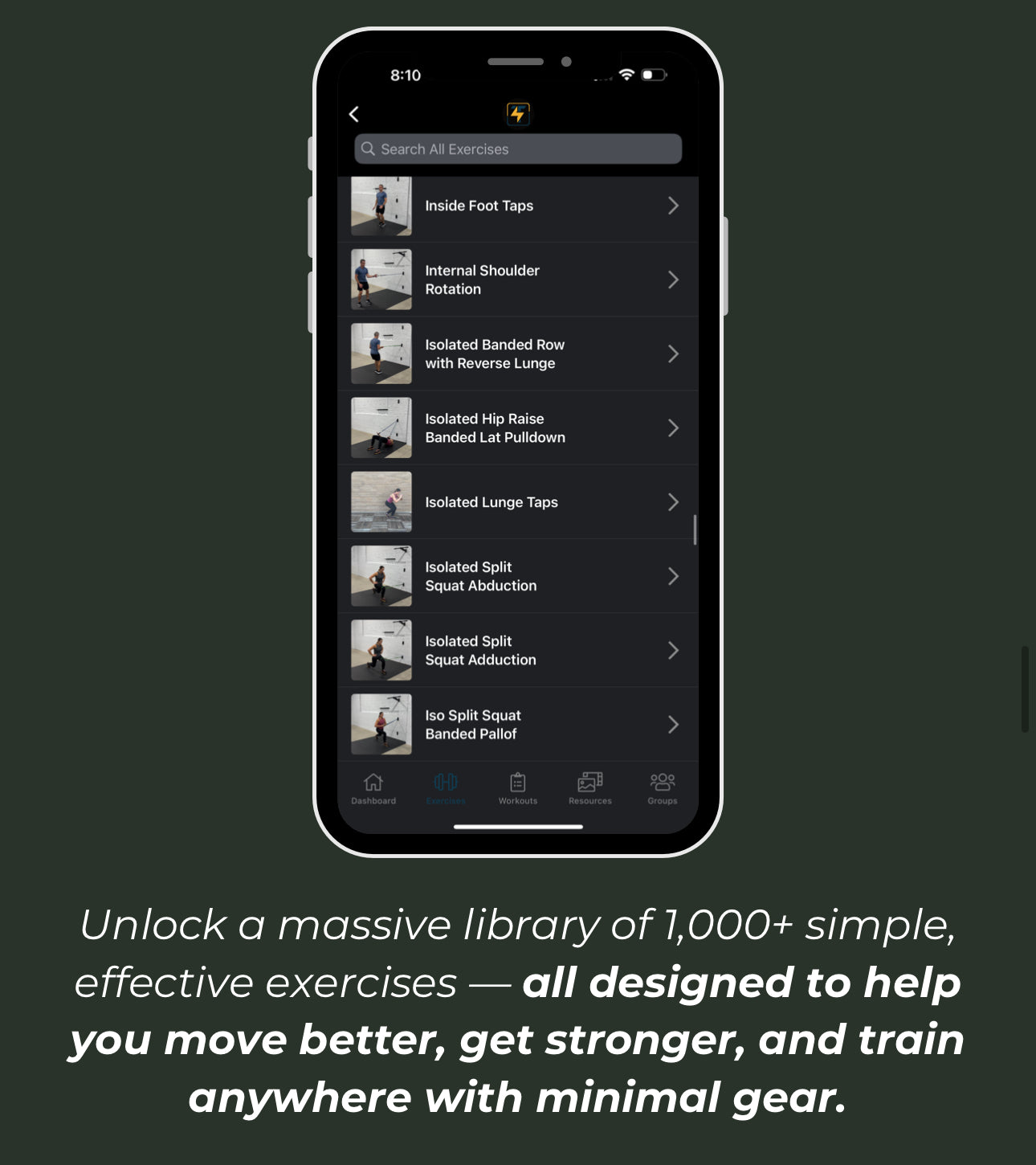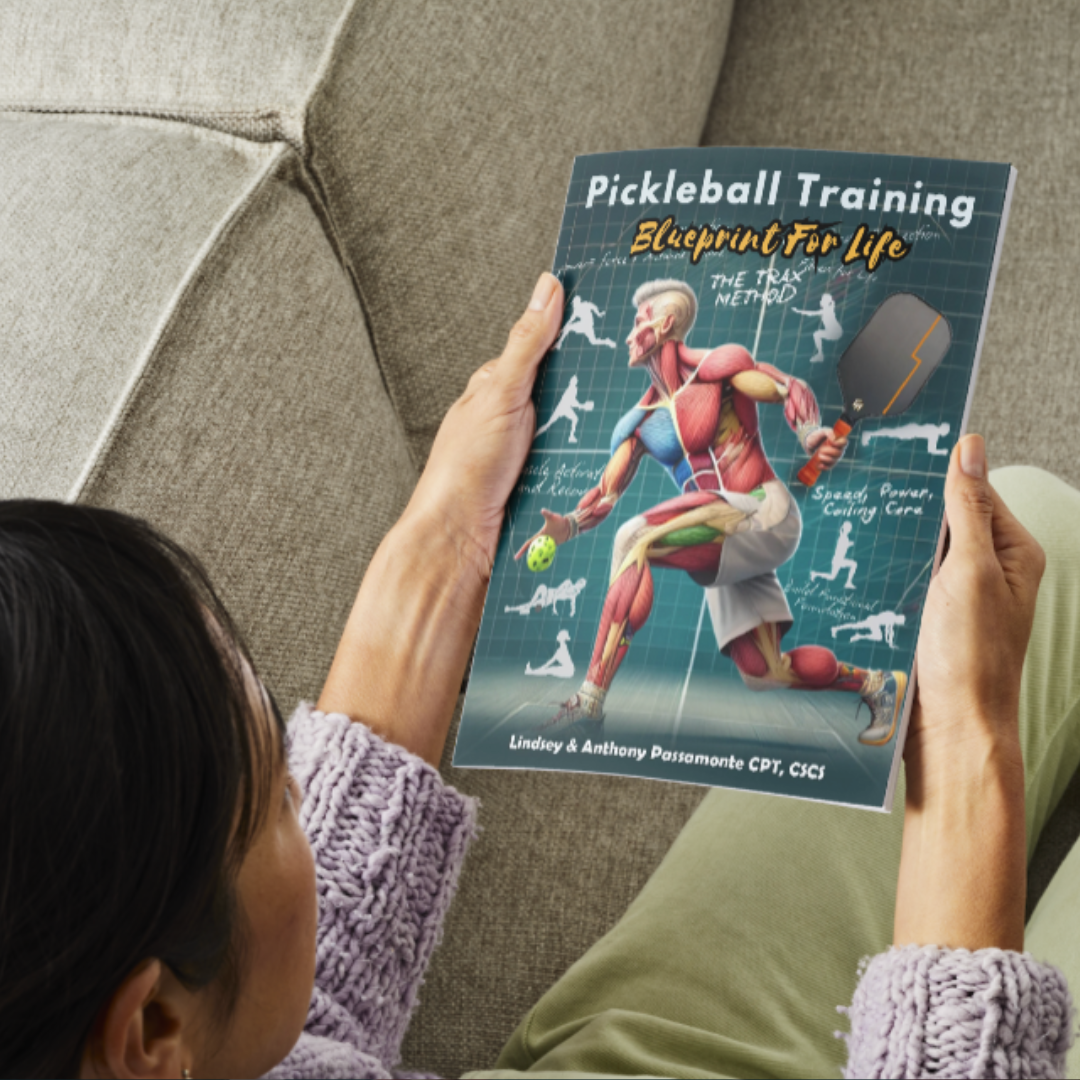If you play pickleball regularly, chances are you’ve heard (or experienced) stories of someone falling, twisting an ankle, or getting injured in what seemed like a routine movement. And while we often chalk it up to “just getting older,” the truth is more specific — and more solvable.
Here’s the hard truth:
You’re not training balance by playing pickleball.
You’re using it — and if you haven’t been training it deliberately, you’re using a system that’s slowly breaking down.
🎯 Using vs. Training Balance: What’s the Difference?
Think of balance like your car’s brakes. Playing pickleball is like driving through traffic — it challenges your brakes. But it doesn’t improve them. In fact, it slowly wears them out.
To improve your brakes, you need to take the car into the shop.
To improve your balance, you need to train it outside of gameplay.
When you’re on the court:
✅ You’re reacting, not learning.
✅ Your body is doing what it already knows — even if that includes bad habits or inefficient patterns.
✅ Your nervous system is in “performance mode,” not “training mode.”
True balance training happens when you slow things down, isolate movement, and challenge your body’s ability to sense, correct, and stabilize.
🧠 Why This Matters More As You Age
As we age, the body naturally loses:
Proprioception (your sense of where your body is in space)
Muscle reactivity (how fast you can correct a stumble)
Joint stability (especially at the hips and ankles)
When you don’t train these systems, they continue to decline — and that’s when falls, rolled ankles, and pulled muscles start to increase.
But here’s the good news:
These systems can be trained. At any age.
🏓 Pickleball Players Are Especially at Risk
Pickleball is fast, reactive, and played in tight spaces. You’re lunging, twisting, reaching, and recovering — all in a matter of seconds.
If your balance system isn’t tuned and ready, you’re putting your joints, your spine, and your long-term mobility at risk.
And let’s be honest — most pickleball players don’t warm up, don’t do focused balance work, and hope they’ll just stay on their feet.
That strategy might work — until it doesn’t.
💡 Balance Training Doesn’t Have to Be Complicated or Time-Consuming
The best part? You don’t need an hour a day or fancy equipment.
You just need:
Consistency (2–3x/week)
Intentional exercises (single-leg stands, glute activation, toe taps, and posture drills)
Progressive challenges (like reactive drills or unstable surfaces)
Even 5 minutes a day (HINT THIS CAN BE PART OF YOUR WARM-UP!) can sharpen your nervous system, reawaken your stabilizer muscles, and reduce your risk of injury dramatically.
🚨 If You Don’t Train It, You’ll Lose It
This isn’t just about better movement. It’s about:
✅ Preventing falls that end seasons (or worse)
✅ Staying mobile, independent, and confident
✅ Playing your best game — longer
The rise in injuries among pickleball players isn’t because the sport is dangerous — it’s because most players aren’t preparing their bodies for the demands of the game.
✅ Final Takeaway
Balance is a skill — and just like your serve or your footwork, it needs to be trained.
Pickleball is the test.
Balance training is the preparation.
If you want to move better, fall less, and play longer — don’t wait until your body forces you to pay attention. Start now, start small, and stay consistent.
Want help getting started?
Try our Pickleball Fit For Life App — with guided balance routines, strength drills, and posture resets built specifically for pickleball players.
You have nothing to lose… and a lifetime of movement to gain.

